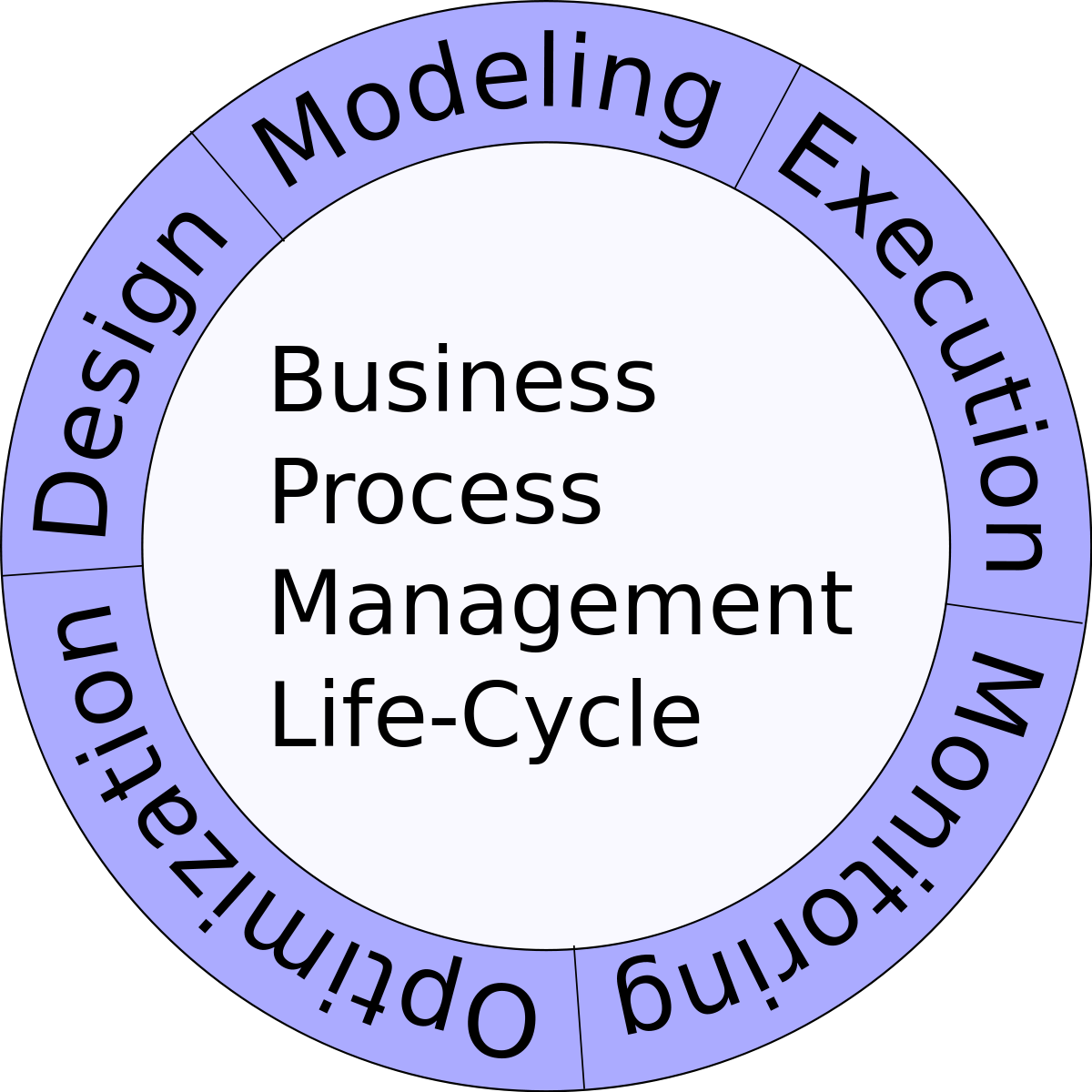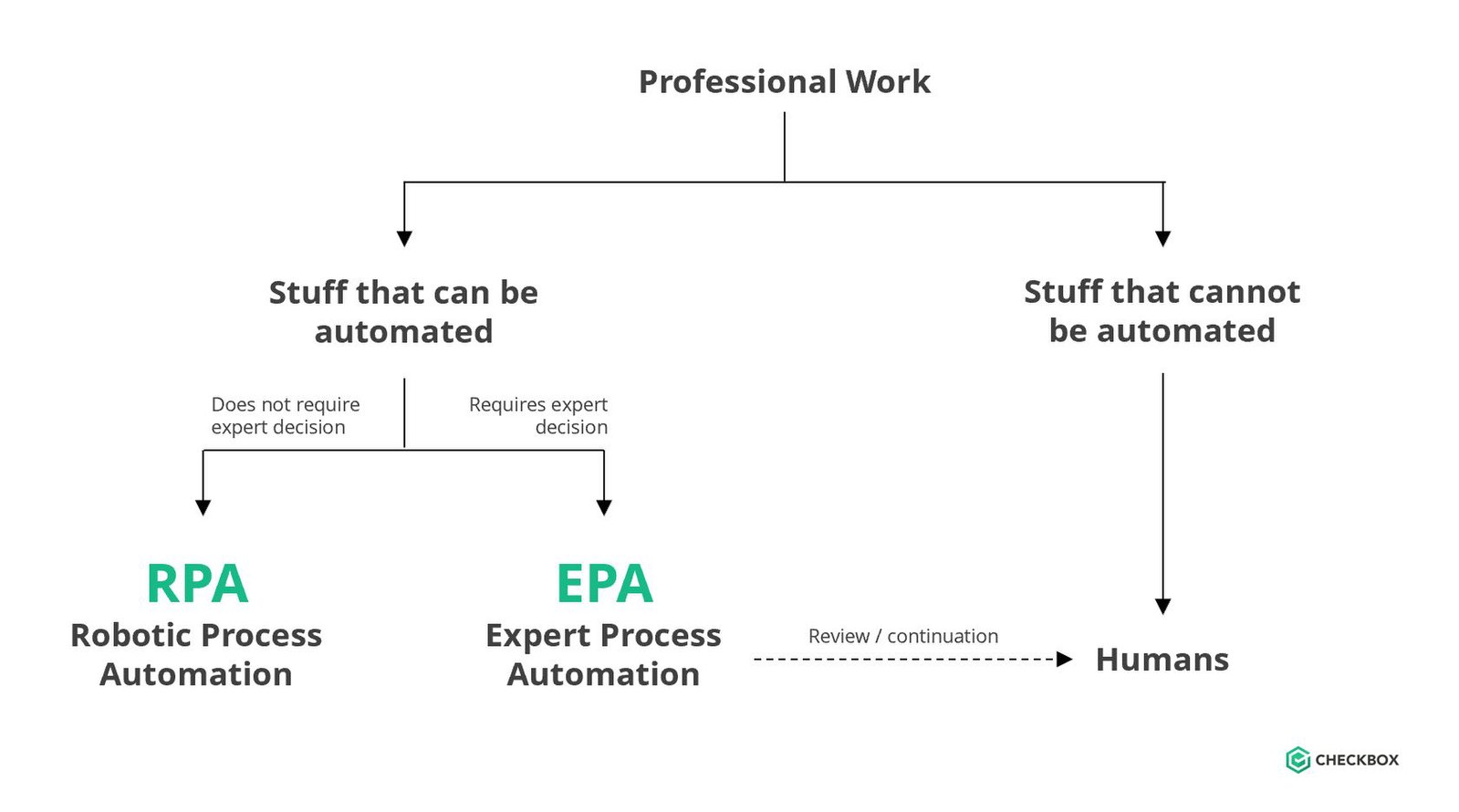Difference Between BPM and RPA
Businesses and organizations were probably among the top entities to benefit from the so-called digital revolution of the 21st century which was largely driven by the technological advancement. But this transformation didn’t just happen overnight. It took organizations more than just time to achieve this digital transformation. Fortunately, there are numerous tools to help organizations achieve strategic business goals by integrating digital technology into all areas of their business operations. For many years, business process management (BPA) has been a fundamental part of organizations’ digital transformation strategies.
However, as the technology advances, the digital age requires rethinking the role of BPM in organizations. In addition, many technologies such as big data, social media, Internet of Things, artificial intelligence, have come to the fore in recent years, which opened up new window of opportunities for these organizations to become technology-ready in this competitive digital era. This is where Robotic Process Automation (RPM) comes to the picture. However, RPA does not replace BPM, but rather complements it. Each suited to automating different types of processes. Let’s see how RPA is any different from BPM approaches.
Business Process Management (BPM)
Business process management (BPM) is a discipline in operations management that helps organizations business agility via process automation, control, execution, and optimization. BPM is fundamental for organizational competitiveness. As the name suggests, BPM is a process that explains the management strategies, integrated methodologies and software solutions essential to improve operational performance. Information Technology (IT) plays a major role in driving innovation in today’s digital world, and BPM is the key in leveraging these potentials. BPM can be considered as a key driver for innovation. It is more of a methodology that provides the management team and the organization as a whole with a clear perspective on how things should be done. It simply is a means to automate operations in order to gain control and manage organizations’ core business processes.
Robotic Process Automation (RPA)
Robotic Process Automation (RPA) is basically a software technology that automates manual and repetitive tasks that would have been performed by humans otherwise. RPA is the use of software with AI and machine learning capabilities to automate business operations and to emulate the actions of a human within digital systems. The idea is to get a robot to do tasks that were previously done by humans. Well, RPA is not entirely a new concept; for years, people have been programming scripts to download data from websites or using recorders to record mouse-clicks. However, it is only recently were all these capabilities have been built into a product. It is basically a technology to formulate digital strategies through automation of rule-based, repetitive, and predictable tasks in combination with structured and stable data.
Difference between BPM and RPA
Technology
– Business process management (BPM) is a discipline in operations management that helps organizations business agility via process automation, control, execution, and optimization. It encompasses a wide range of software technology components to help organizations achieve strategic business goals by integrating digital technology into all areas of their business operations. Robotic Process Automation (RPA) is basically a software technology to formulate digital strategies through automation of rule-based, repetitive, and predictable tasks that humans would have to do otherwise.
Automation
– Although, each suited to automating different types of processes, one does not replace the other; they rather complement each other. In BPM, the processes may be automated, but the answer to process improvement is not necessarily always process automation. While it does incorporate automation, this is not the sole purpose of BPM. The general idea of RPA, on the other hand, is that software robots perform formerly human work. You still can automate processes that have human elements in them, just not completely. RPA is what we can call assisted automation.
Role
– There are many different ways in which BPM can serve as a source of innovation. BPM can drive innovation in two ways: One, through managing processes that yield product innovations, such as processes in the R&D department, and second, through incorporating new technologies into organizational processes to foster process innovations. A major selling point for the adoption of RPA is, of course, the reduction in cost. In addition, the robot is going to do exactly what you tell it to do with less or no human participation and in less time possible with maximum accuracy and efficiency.
Implementation
– BPM orchestrates the different processes in an organization by automating automatic tasks either using integration with other systems or through integration with other tools, and other tasks that require human participation. Therefore, implementing BPM is necessary when we speak of process automation, which requires participation from both humans and machines, and in which there is some decision-making. RPA, on the other hand, is meant to use where there is a high volume of repetitive tasks and types of processes in which human intervention is not necessary and there is no decision-making.
BPM vs. RPA: Comparison Chart
Summary
Although each suited to automating different types of processes, one does not replace the other; they rather complement each other. Well, in a nutshell, BPM is necessary when we speak of process automation, which requires participation from both humans and machines, whereas RPA is useful where there is a high volume of repetitive tasks and types of processes in which human participation is not necessary. Besides, the general idea of RPA is that software robots perform formerly human work. While BPM does incorporate automation, this is not the sole purpose of BPM.
- Difference Between Caucus and Primary - June 18, 2024
- Difference Between PPO and POS - May 30, 2024
- Difference Between RFID and NFC - May 28, 2024
Search DifferenceBetween.net :
Leave a Response
References :
[0]Hacioglu, Umit. Handbook of Research on Strategic Fit and Design in Business Ecosystems. Pennsylvania, USA: IGI Global, 2019. Print
[1]Ying, Lim Mei. Robotic Process Automation with Blue Prism Quick Start Guide. Birmingham, UK: Packt Publishing, 2018. Print
[2]Brocke, Jan vom and Theresa Schmiedel. BPM - Driving Innovation in a Digital World. BPM - Driving Innovation in a Digital World. Berlin, Germany: Springer, 2015. Print
[3]Urbach, Nils. Digitalization Cases. Berlin, Germany: Springer, 2018. Print
[4]Image credit: https://commons.wikimedia.org/wiki/File:EPA_position_diagram.jpg
[5]Image credit: https://commons.wikimedia.org/wiki/File:Business_Process_Management_Life-Cycle.svg



